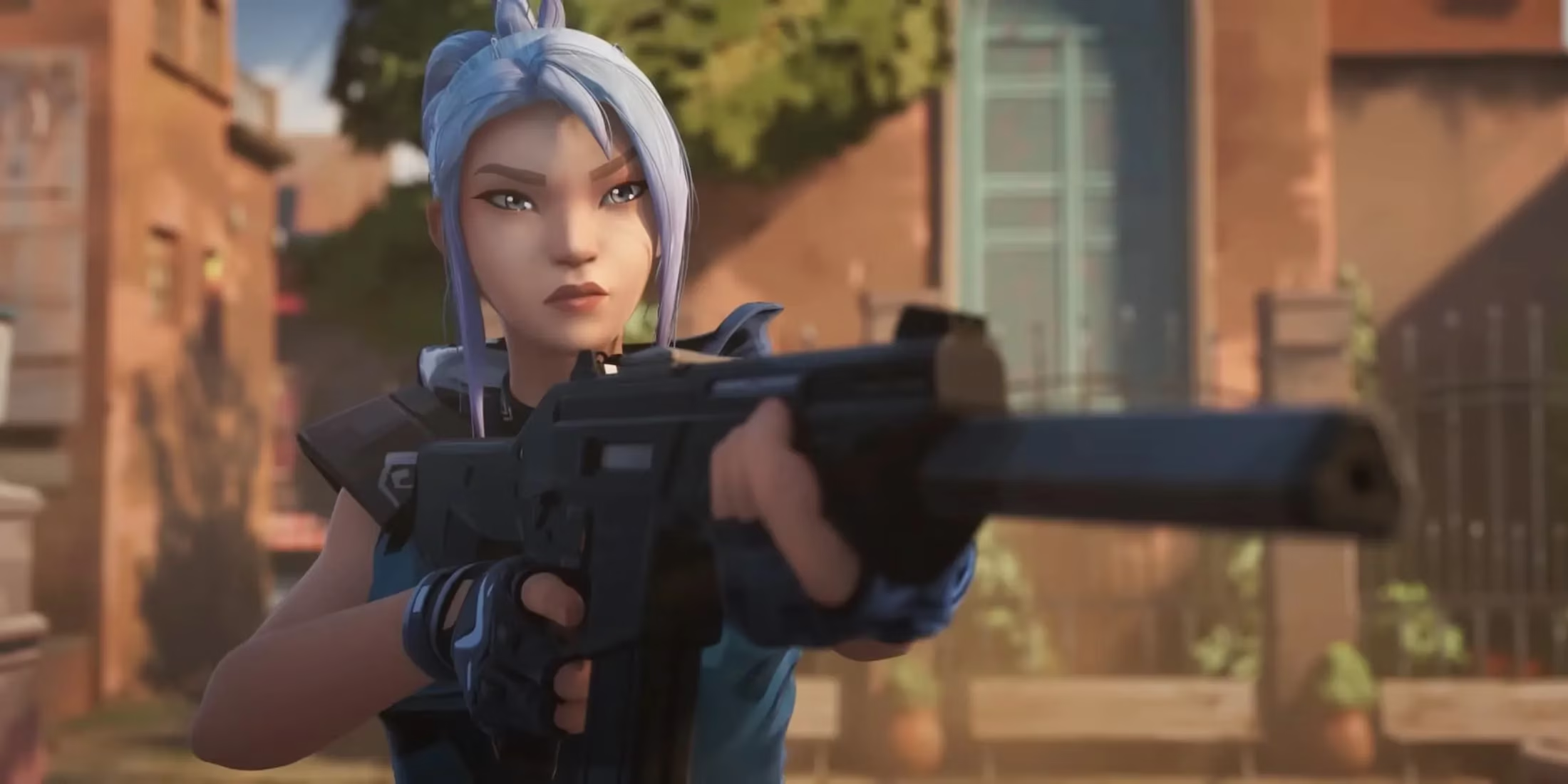Valorant's Unreal Engine 5 Leap Can Transform Fragmented Lore into Living Narrative
Riot Games' League of Legends and Valorant face storytelling challenges, yet with Unreal Engine 5, they can unlock immersive narratives that captivate players worldwide.
Riot Games' twin titans of League of Legends and Valorant stand as digital colossi casting long shadows across gaming landscapes, yet both suffer from narrative schizophrenia—their souls fractured across comics, cinematics, and external media rather than pulsating within the games themselves. Like museum artifacts locked behind glass, League's Runeterra lore remains tantalizingly out of reach during actual gameplay, its epic tales of Demacian knights and Zaunite rebels relegated to peripheral content despite 2025's technological capabilities. Valorant treads this same precarious path: though blessed with intricate worldbuilding about Radianite-fueled dimensional wars and Kingdom Corporation's omnipresent influence, its story whispers through ghostly fragments—voice lines echoing in empty corridors, corporate logos stamped on maps like forgotten tombstones, agent backstories buried in external blogs. As Unreal Engine 5's seismic upgrade approaches, carrying promises of "new playable experiences," Riot holds a master key to unlock narrative prisons that have confined their richest stories.
The Tapestry of Dual Earths
Valorant's lore isn't merely rich—it's a labyrinthine tapestry woven from interdimensional silk. At its core thrums the conflict between mirror worlds: Alpha Earth's desperate defense against Omega Earth's incursions, all revolving around Radianite—an energy source glowing with the paradoxical allure of salvation and destruction. Overseeing this chaos stands Kingdom Corporation, whose octopus-like tendrils grip facilities from Tokyo's Split to Arctic Icebox. Each agent represents a thread in this fabric:
-
Phoenix's London origins intertwined with Kingdom's manipulations, his fiery abilities mirroring corporate machinations
-
Viper's personal vendetta manifesting in Icebox's frozen corridors, where her toxic past literally reshapes the environment
-
Brimstone's leadership anchoring the Valorant Protocol against dimensional collapse
These narratives don't merely coexist; they collide like tectonic plates. Bind's teleporters hum with Radianite leakage while Haven's sacred site pulses with ancient energy, making every map a crime scene where lore clues gather dust. Yet currently, these connections remain as elusive as smoke rings—visible patterns dissolving before players grasp their significance.
The Ghost in the Machine
Presently, Valorant's storytelling operates like a phantom limb—players sense its presence but cannot touch it. Despite 2025's technological marvels, understanding Viper's motivations for her Icebox experiments requires exiting the game entirely, hunting through digital comics like some archeologist piecing together pottery shards. Kingdom Corporation's logo emblazons every crate in Split, yet its significance evaporates faster than morning mist when bullets start flying. Agents exchange contextual voice lines—"Kingdom's watching" or "Remember what they took from us"—but these remain scattered breadcrumbs in a forest of gunfire, failing to coalesce into sustained narrative nourishment.
This fragmentation creates player experiences as disjointed as a dream journal. Matches become isolated skirmishes devoid of temporal context, where yesterday's lore-event might as well not exist today. Unlike living worlds where player actions visibly shape environments (think Destiny 2's evolving Tower or Warframe's relay reconstructions), Valorant's maps remain frozen dioramas—beautiful but unchanging museum exhibits.
Unreal Engine 5: The Loom for Weaving Worlds
Here's where Unreal Engine 5 shifts from upgrade to revolution. Its nanite geometry and lumen lighting aren't mere visual polish—they're narrative tools allowing real-time environmental storytelling previously impossible. Imagine:
| Feature | Narrative Impact |
|---------------------|-----------------------------------------------------------|
| Dynamic Destruction | Battle scars from lore events persist across matches |
| Real-time Lighting | Radianite leaks visibly warping environments mid-round |
| Asset Flexibility | Maps transforming based on ongoing storyline outcomes |
| Seamless Events | Live incursions altering objectives during gameplay |
Riot could deploy Living Lore Events: limited-time operations where players defend Alpha Earth against Omega incursions, with success or failure visibly altering maps. If Kingdom's Arctic facility gets breached during an Icebox event, subsequent matches could feature:
-
Smoldering wreckage where clean hallways once stood
-
Emergency barricades erected by NPCs
-
New Radianite leak hazards altering combat zones
These persistent changes would make lore feel tangible—like touching scar tissue rather than reading medical reports. Agents could receive mission-specific dialogue trees reacting to environmental shifts, turning every match into a progressing chapter rather than repetitive skirmish.
Beyond Cinematics: Playable Mythology
Cinematics like the upcoming Incursions trailer (shown below) tease narrative potential, but UE5 allows embedding these stories directly into gameplay:

Consider cooperative "Lore Raids" where squads undertake canon missions: extracting Radianite cores before Omega sabotage, defending Kingdom outposts against rogue entities, or even flashback operations revealing how Jett gained her wind powers. Completing these could unlock:
-
Permanent map alterations reflecting mission outcomes
-
New agent-specific abilities tied to story progression
-
Intel files fleshing out corporate conspiracies
Such integration would transform Valorant from an arena shooter into a narrative ecosystem, where cosmetics become artifacts (Phoenix's jacket bearing battle damage from specific events) and player choices ripple through ongoing conflicts. The upcoming console release provides perfect scaffolding—new players entering a world where lore isn't supplementary but structural.
The Clock is Ticking
Riot stands at a crossroads familiar yet critical. League's narrative neglect now manifests as player fatigue—a rich universe reduced to wiki-diving between matches. Valorant's lore currently dangles like a chandelier in a hurricane: dazzling pieces swaying without anchoring. UE5 offers architectural blueprints to secure it properly. By implementing playable story events and reactive environments, Riot could achieve what few multiplayer games manage: making mythology breathe in the spaces between headshots.
Let this not become another tapestry left half-woven. The community's passion for these characters and worlds burns brighter than Phoenix's ult—it's time to fan those flames with tangible storytelling. Drop the mic on fragmented lore. Play the game's story instead. 🎮💥
